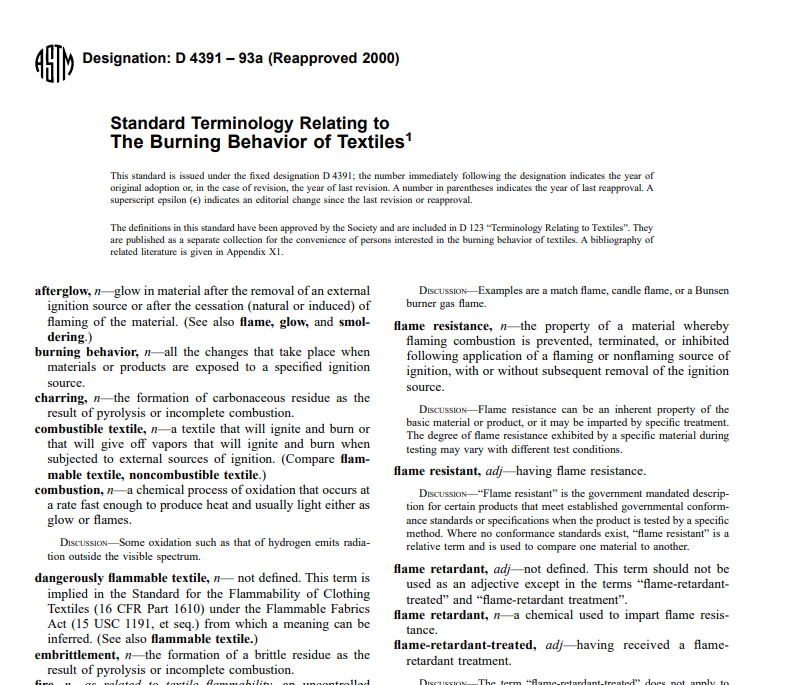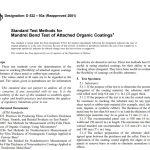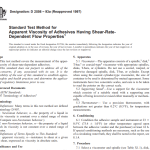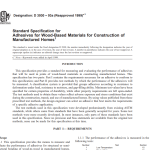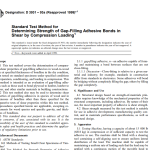Standard Terminology Relating to
The Burning Behavior of Textiles1
This standard is issued under the fixed designation D 4391; the number immediately following the designation indicates the year of
original adoption or, in the case of revision, the year of the last revision. A number in parentheses indicates the year of last reapproval. A
superscript epsilon (e) indicates an editorial change since the last revision or reapproval.
The definitions in this standard have been approved by the Society and are included in D 123 “Terminology Relating to Textiles”. They
are published as a separate collection for the convenience of persons interested in the burning behavior of textiles. A bibliography of
related literature is given in Appendix X1.
afterglow, n—glow in the material after the removal of an external
ignition source or after the cessation (natural or induced) of
flaming of the material. (See also flame, glow, and smoldering.)
burning behavior, n—all the changes that take place when
materials or products are exposed to a specified ignition
source.
charring, n—the formation of carbonaceous residue as the
result of pyrolysis or incomplete combustion.
combustible textile, n—a textile that will ignite and burn or
that will give off vapors that will ignite and burn when
subjected to external sources of ignition. (Compare flammable textile and noncombustible textile.)
combustion, n—a chemical process of oxidation that occurs at
a rate fast enough to produce heat and usually light either as
glow or flames.
DISCUSSION—Some oxidation such as that of hydrogen emits radiation outside the visible spectrum.
dangerously flammable textile, n— not defined. This term is
implied in the Standard for the Flammability of Clothing
Textiles (16 CFR Part 1610) under the Flammable Fabrics
Act (15 USC 1191, et seq.) from which meaning can be
inferred. (See also flammable textiles.)
embrittlement, n—the formation of a brittle residue as the
result of pyrolysis or incomplete combustion.
fire, n—as related to textile flammability, an uncontrolled
the conflagration in which materials are destroyed by burning as
evidenced by flames of varying size and shape, and a high
the intense heat source of 5 kW or greater, such as a burning
wastebasket, grease-fire on a stove, burning building or
forest fire.
flame, n—as related to textile flammability, a hot luminous
zone of gas or matter in gaseous suspension, or both, that is
undergoing combustion, that is relatively constant in size
and shape, and that produces a relatively low heat flux.
(Compare fire.)
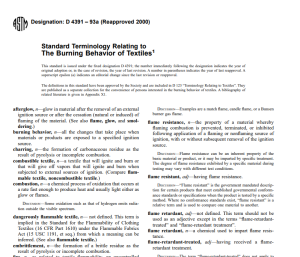
Click below to download Astm D 4391 – 93a (Reapproved 2000) pdf free
Click here to download Astm D 4389 – 99 Pdf Free Download
